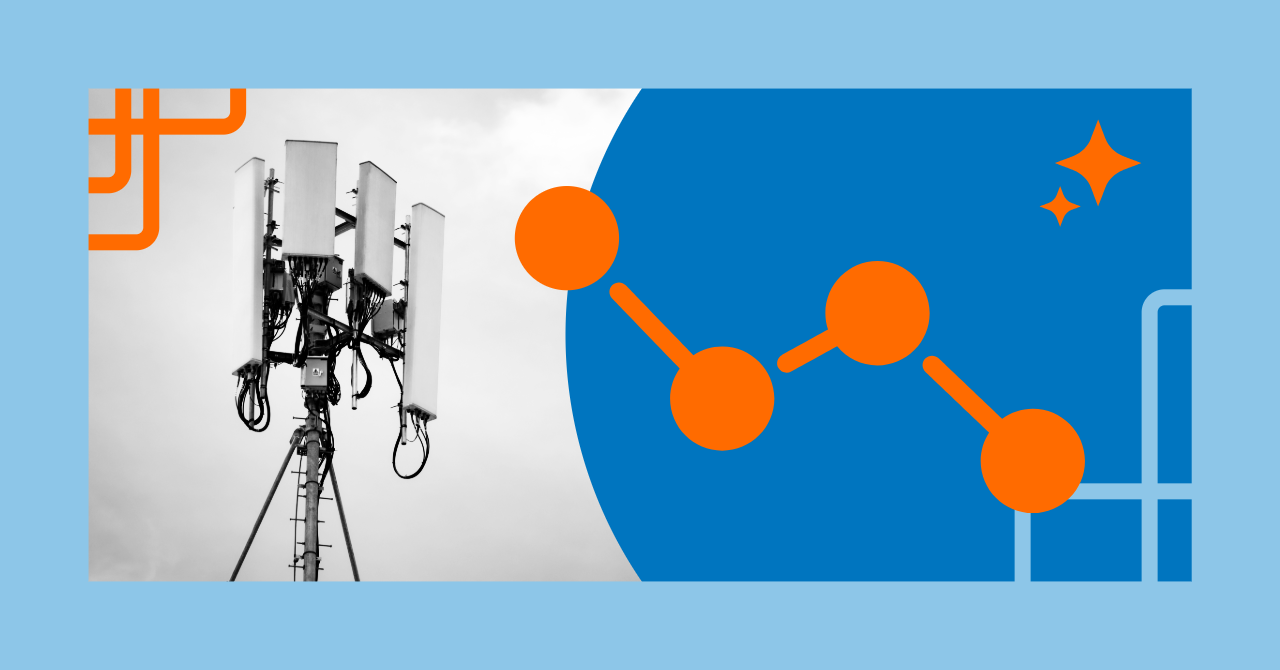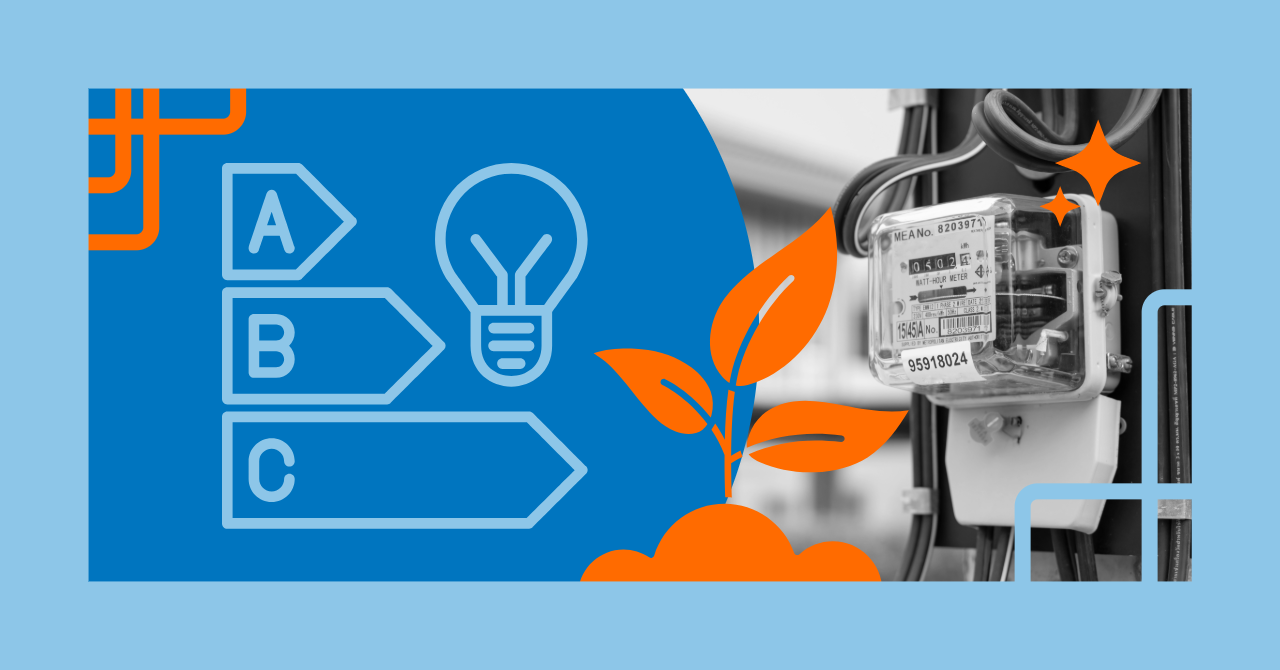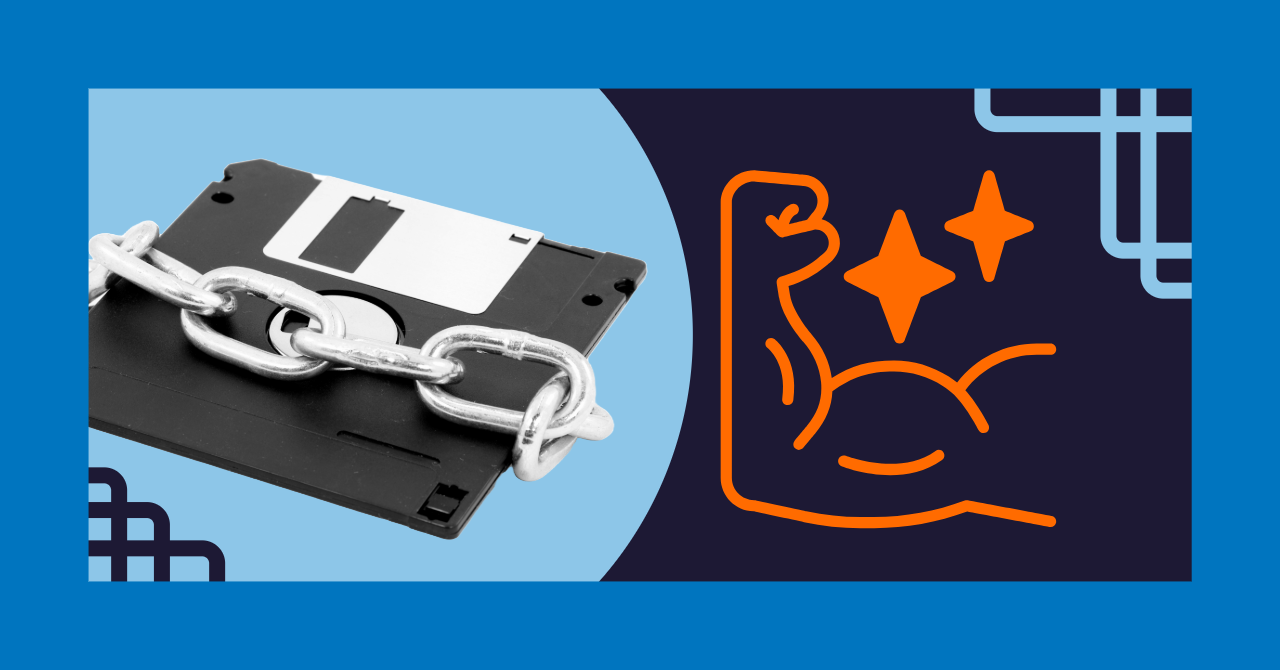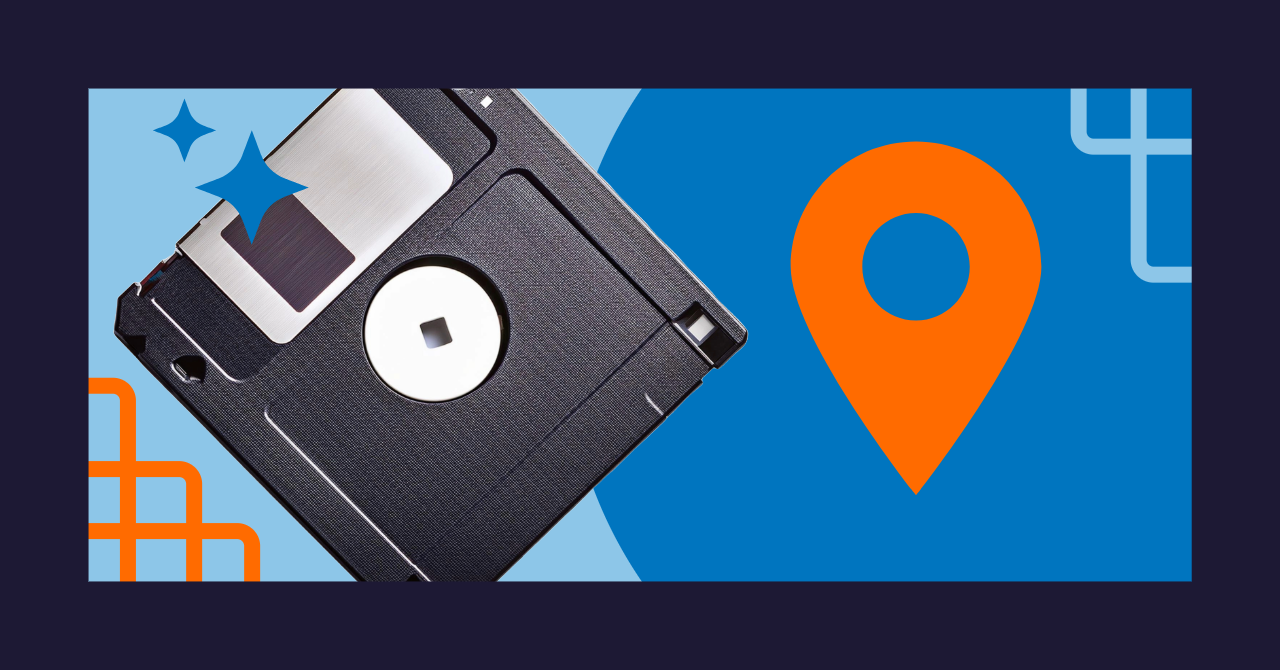TL;DR Summary
- Edge computing minimizes latency to enable faster, real-time decision-making.
- Enhanced data security and privacy protect sensitive information on the network edge.
- Cost savings and bandwidth optimization make it a viable alternative to traditional cloud computing.
- It paves the way for IoT adoption, improved customer experiences, and scalable operational solutions.
Introduction: Why the Business Benefits of Edge Computing Matter
In today’s digital transformation era, businesses face the dual challenge of managing massive data volumes and meeting rising customer expectations. Edge computing offers a powerful solution, with edge technology providing an innovative approach by processing data closer to its source, reducing latency and enabling real-time responsiveness. Understanding the business benefits of edge computing is now essential for organizations that want to stay competitive, boost operational efficiency, and unlock innovation across their infrastructure as they adopt emerging technologies as part of broader digital transformation efforts.
Understanding Edge Computing Infrastructure
Edge computing infrastructure is the backbone of modern distributed computing models, enabling organizations to process data closer to its source rather than relying solely on centralized cloud computing. This approach leverages a network of edge devices—including IoT devices, sensors, and localized servers—to handle data processing, storage, and analysis at or near the point of origin. By processing data locally, edge computing solutions significantly reduce the need for data transmission to central clouds, which not only minimizes latency but also enhances data security by limiting exposure to potential cyber threats.
The benefits of edge computing infrastructure are substantial for businesses seeking to improve operational efficiency and real-time data processing. With data being processed closer to where it is generated, companies can achieve faster insights, support real-time analytics, and respond more quickly to changing conditions. This distributed computing model also reduces bandwidth costs and optimizes resource allocation, making it a cost-effective alternative to traditional centralized systems. Ultimately, implementing robust edge computing infrastructure empowers organizations to unlock the full potential of their data, drive innovation, and maintain a competitive edge in today’s fast-paced digital environment.
The Role of Edge Devices in Business Transformation
Edge devices are at the heart of business transformation, enabling companies to process data locally and make faster, more informed decisions. These edge computing devices—ranging from smart devices to advanced IoT sensors—generate and analyze vast amounts of data in real time, allowing businesses to act on valuable insights without delay. By leveraging edge devices, organizations can reduce latency, streamline operations, and enhance overall operational efficiency.
Edge computing enables businesses to unlock new opportunities, from optimizing supply chain management to delivering personalized customer experiences. Processing data locally not only reduces costs but also supports rapid innovation, helping companies stay ahead in a competitive marketplace. Additionally, edge devices empower businesses to improve customer engagement, launch new services, and create additional revenue streams by responding instantly to market demands. In today’s digital landscape, integrating edge devices into business strategies is essential for driving growth, agility, and long-term success.
Reducing Latency for Faster Decision-Making
One of the most significant benefits of edge computing is its ability to reduce data latency. Quick data processing translates directly to faster decision-making and streamlined operations. Edge computing works by processing data locally on devices, which reduces latency and network congestion.
Here’s how:
- Real-Time Processing: By handling data at the source, companies achieve near-instantaneous analytics, enabling real time analysis that can drive on-the-spot decisions.
- Improved Responsiveness: For industries like healthcare and manufacturing, reduced latency can be life-saving, ensuring that critical systems react in real time by analyzing data locally for faster and more secure decision-making.
- Enhanced Operational Efficiency: Lower latency leads to better synchronization between devices and systems, thereby optimizing workflows and minimizing downtime.
Enhancing Data Security and Privacy at the Edge
Managing data across multiple locations often increases the risk of security breaches. Edge computing addresses this by decentralizing data handling, thus reducing potential attack surfaces. By keeping critical data closer to its source, organizations can better protect sensitive information from cyber threats.
- Localized Data Processing: Keeps sensitive information closer to its source, limiting exposure during transmission over a network by processing sensitive data directly on edge devices. This approach minimizes the amount of data transmitted over the network, and processing and storing data on user devices enhances privacy and security.
- Improved Compliance: Data sovereignty becomes easier to manage, especially when regional data protection laws apply, while reducing the risk of data breaches through local processing.
- Minimized Vulnerability: Distributed computing frameworks inherently segment network risks, making it harder for breaches to propagate.
Cost Efficiency and Bandwidth Optimization Benefits
Traditional cloud computing often incurs high bandwidth costs and demands significant data center resources. Edge computing provides an effective alternative by reducing the need for centralized data storage.
- Reduced Cloud Dependency: By processing and filtering data locally, companies lower the volume of data sent to centralized servers, in contrast to a central data centre approach.
- Cost Savings: Less data transfer means reduced costs on cloud services and less strain on network infrastructure, reducing costs by minimizing reliance on centralized infrastructure.
- Optimized Resource Allocation: Businesses can strategically deploy computing resources where they are needed most—at the edge, driving overall efficiency by allocating computing power where it is needed most.
Supporting IoT and Real-Time Analytics Applications
The explosion of IoT devices across industries has created an urgent demand for real-time analytics. Connected devices, integrated into sectors like manufacturing, retail, and smart city infrastructure, play a crucial role in enabling real-time data sharing and analytics. Edge computing meets this need by processing data at the device level, reducing bandwidth consumption and improving network efficiency through local data processing:
- Enhanced IoT Connectivity: With localized processing, IoT devices operate with reduced lag, ensuring timely responses.
- Real-Time Insights: Immediate data analysis supports predictive maintenance and operational adjustments in sectors like manufacturing and logistics by processing information from multiple data sources for immediate analysis.
- Scalable Infrastructure: As IoT networks grow, edge computing can scale alongside them while maintaining efficiency and performance, enabling businesses to innovate and scale effectively.
Maximizing Network Efficiency with Edge Computing
Edge computing is a game-changer for maximizing network efficiency, offering businesses a powerful way to reduce latency, minimize network congestion, and lower data transmission costs. By processing data closer to its source, edge computing solutions decrease the volume of data that needs to be sent to central clouds, which in turn reduces network latency and alleviates congestion across enterprise networks.
Implementing edge computing allows organizations to optimize data flows and make the most of their network resources. Real-time analytics become possible at the edge, enabling immediate decision-making and boosting operational efficiency. This approach not only leads to significant cost savings by reducing the need for extensive network infrastructure but also enhances overall network performance. By adopting edge computing, businesses can ensure their network architecture is agile, scalable, and capable of supporting the demands of modern digital operations.
Leveraging 5G Networks for Enhanced Edge Capabilities
The convergence of 5G networks and edge computing is unlocking unprecedented capabilities for businesses, enabling real-time data processing, advanced machine learning, and seamless management of IoT devices. With 5G’s low latency, high bandwidth, and reliable connectivity, edge computing enables businesses to process sensitive data and perform real-time analytics at the edge, reducing the need for data to travel to distant data centers.
By leveraging 5G networks, companies can deploy more IoT devices, enhance smart city infrastructure, and support applications like remote patient monitoring with greater efficiency. The combination of 5G and edge computing reduces latency, accelerates data processing, and empowers organizations to make faster, data-driven decisions. This synergy is critical for businesses that rely on real-time data analysis and require low latency to maintain operational efficiency and deliver superior customer experiences. As edge computing and 5G continue to evolve, businesses that embrace these technologies will be well-positioned to innovate, scale, and thrive in the digital age.
Improving Customer Experience Through Edge Computing
Customer experience is a critical driver of business success. Edge computing significantly contributes to a seamless customer journey through:
- Instantaneous Service Delivery: Faster data processing enables quicker responses to customer inquiries and system interactions.
- Data-Driven Personalization: Real-time analytics empower businesses to tailor experiences based on immediate customer behavior and preferences, leveraging valuable data to enhance customer experiences.
- Reliable Operations: From e-commerce to online banking, consistent uptime and responsiveness enhance trust and satisfaction by delivering reliable services through distributed data processing.
Scalability and Operational Efficiency Gains
As organizations grow, scalable infrastructures become a necessity. Edge computing not only supports growth but also boosts overall operational efficiency:
- Distributed Network Architecture: The ability to scale edge nodes independently allows businesses to match resource allocation to demand effectively, while integrating with central systems for efficient data sharing and management.
- Cost-Effective Expansion: Instead of investing heavily in centralized data centers, which rely on traditional centralized processing and can lead to latency and congestion, companies can extend their capabilities through modular edge solutions that process data closer to its source.
- Simplified Maintenance: With localized data processing, troubleshooting and maintenance become easier and more focused.
Integrating edge computing with legacy systems presents both challenges and opportunities, as organizations must upgrade or adapt older infrastructure to fully leverage modern edge solutions.
Industry-Specific Edge Computing Benefits
Different industries can leverage edge computing in unique ways to drive business value:
- Healthcare: Accelerates diagnostic processes and patient monitoring with real-time data analysis while ensuring data privacy.
- Manufacturing: Improves production line automation, predictive maintenance, and energy management by processing data on-site, often utilizing micro data centres for localized processing.
- Retail: Enables real-time inventory management, personalized marketing, and enhanced in-store experiences.
- Smart cities: Supports urban infrastructure by managing traffic lights, cameras, connected vehicles, and public safety systems. Edge computing, often powered by micro data centres, enables real-time data processing and decision-making to improve city operations, safety, and sustainability.
Challenges and Best Practices for Implementing Edge Computing
While the benefits are compelling, businesses must address several challenges when implementing edge computing. Here are some key considerations:
- Integration with Cloud Architecture: Seamlessly linking edge nodes with central cloud systems is essential. Best practices include hybrid models that optimize both environments, leveraging a service and data mesh architecture for scalability and resilience.
- Security Best Practices: Implement robust encryption and regular vulnerability assessments to ensure edge devices are secure, with a focus on securing edge computing systems and monitoring for compliance.
- Operational Consistency: Establish clear protocols and maintenance routines to manage distributed systems effectively, using a management platform to monitor and update edge devices. Additionally, establish data retention policies for compliance and effective data management.
- Cost Analysis: Evaluate the ROI carefully considering initial deployment versus long-term efficiency gains.
Future Trends and the Role of Edge Computing in Digital Transformation
The evolution of edge computing looks promising as businesses continue to embrace digital transformation. Expect to see:
- Integration with AI and ML: Enhanced analytics at the edge will drive smarter, quicker decisions through machine learning algorithms deployed locally, with hybrid cloud infrastructure enabling seamless integration between datacenter, cloud, and edge environments for greater flexibility and scalability.
- Expansion of 5G Infrastructure: With faster wireless speeds, connectivity between edge devices will enable more complex applications and services, while software defined networking will play a crucial role in managing and optimizing data traffic across edge and cloud resources.
- Environmental and Sustainability Benefits: Optimized data processing can contribute to energy savings and a reduced carbon footprint.
FAQ Section
1. What is edge computing and how does it differ from cloud computing?
Edge computing processes data near its source rather than relying solely on centralized cloud data centers. This approach dramatically reduces latency and improves real-time processing for applications like IoT and analytics.
2. How can edge computing improve data security?
By handling data locally, edge computing minimizes the risk of exposure during transmission and reduces vulnerabilities associated with large, centralized data stores. This localized approach, along with robust encryption and compliance measures, enhances overall security.
3. What industries stand to benefit the most from edge computing?
Industries such as healthcare, manufacturing, and retail benefit significantly. These sectors leverage edge computing for faster response times, improved operational efficiency, and enhanced customer experiences.
Conclusion: Why Edge Computing Is a Smart Business Move
Edge computing offers substantial business benefits of reducing latency, enhancing security, and delivering cost efficiencies. As organizations continue to drive digital transformation, adopting edge solutions not only facilitates real-time data processing but also bolsters overall customer satisfaction. Embracing these technologies now can position your business for a scalable, efficient, and secure future.
Ready to harness the power of edge computing? Contact our team today for further insights and to get started on your digital transformation journey.









